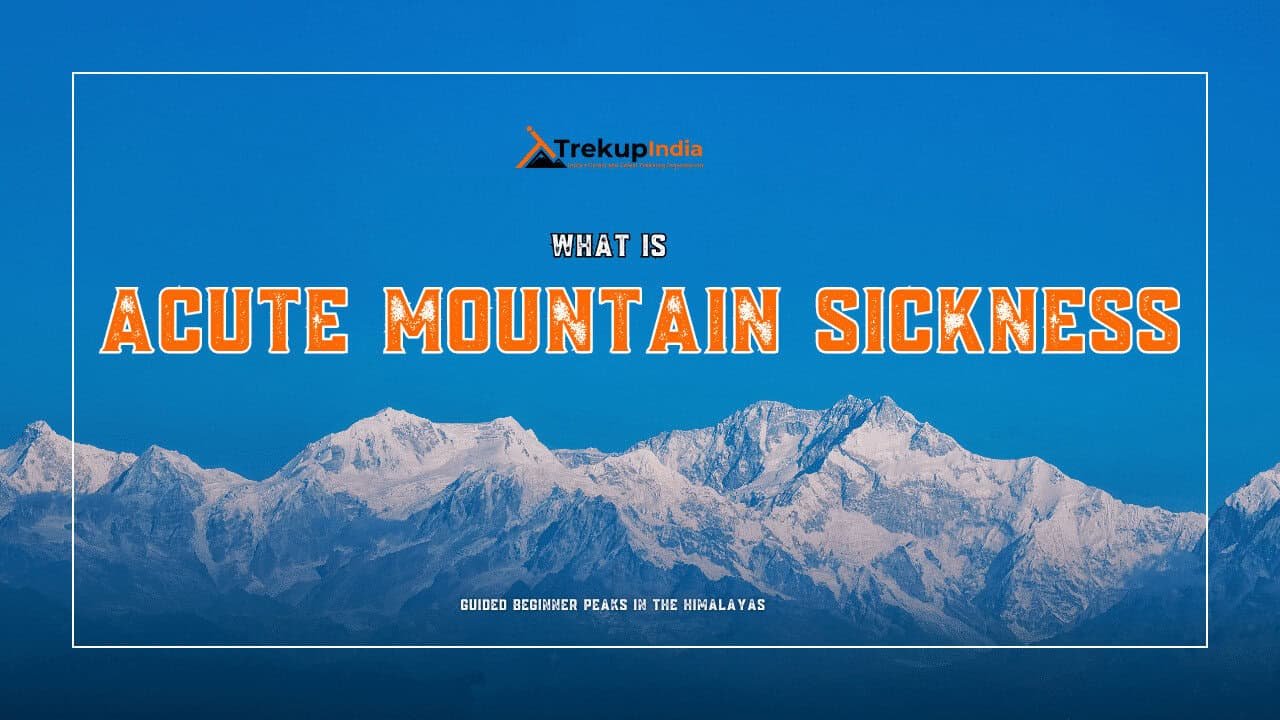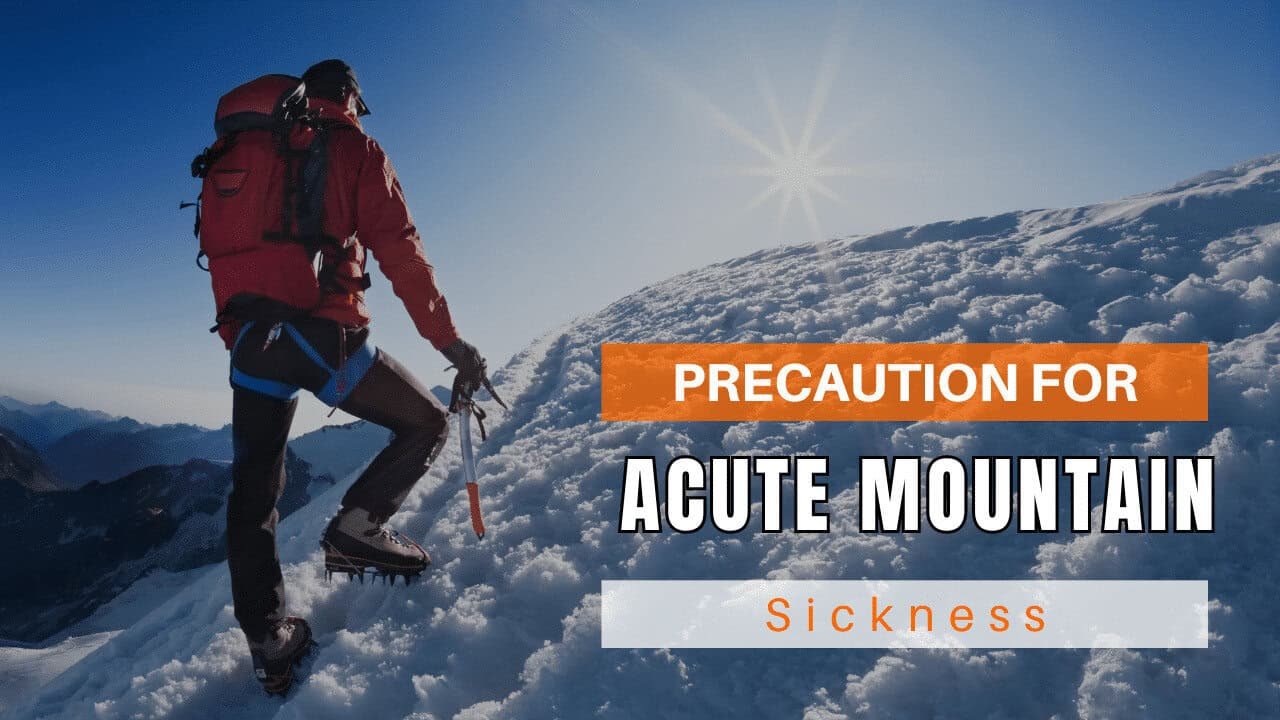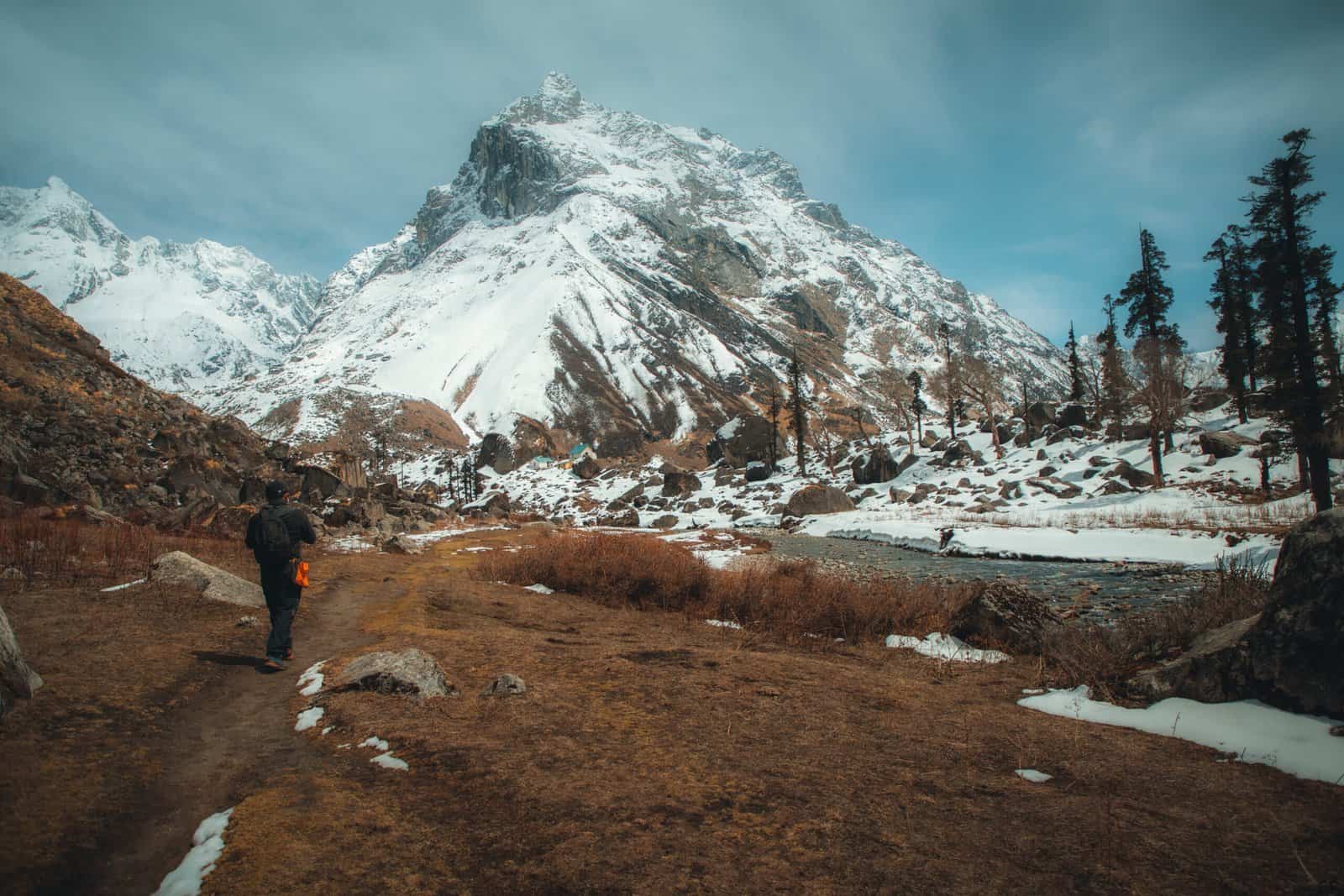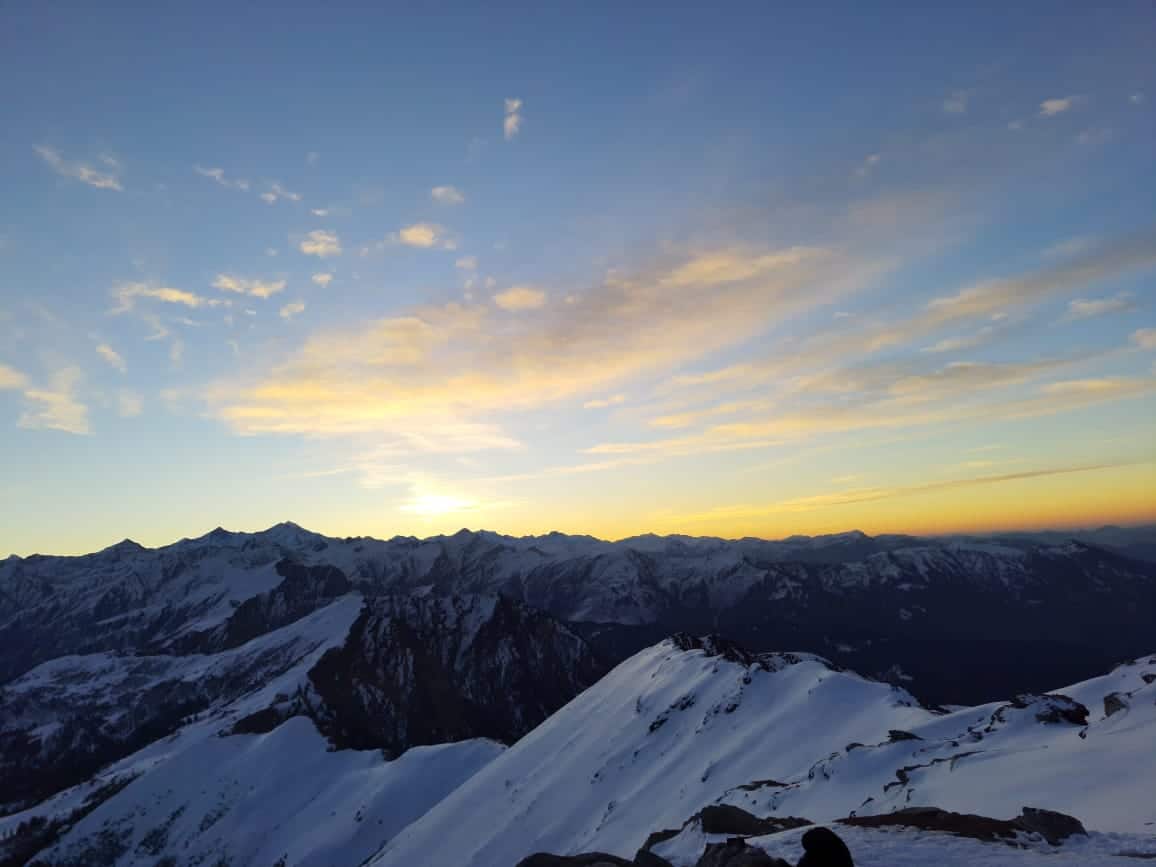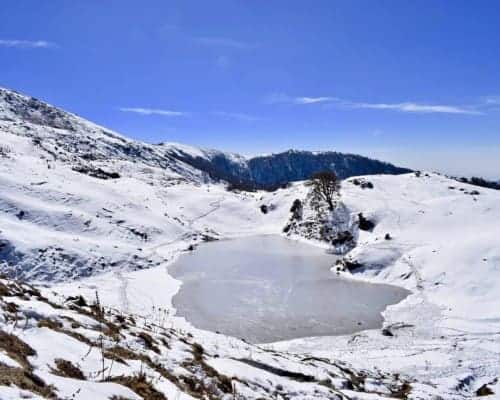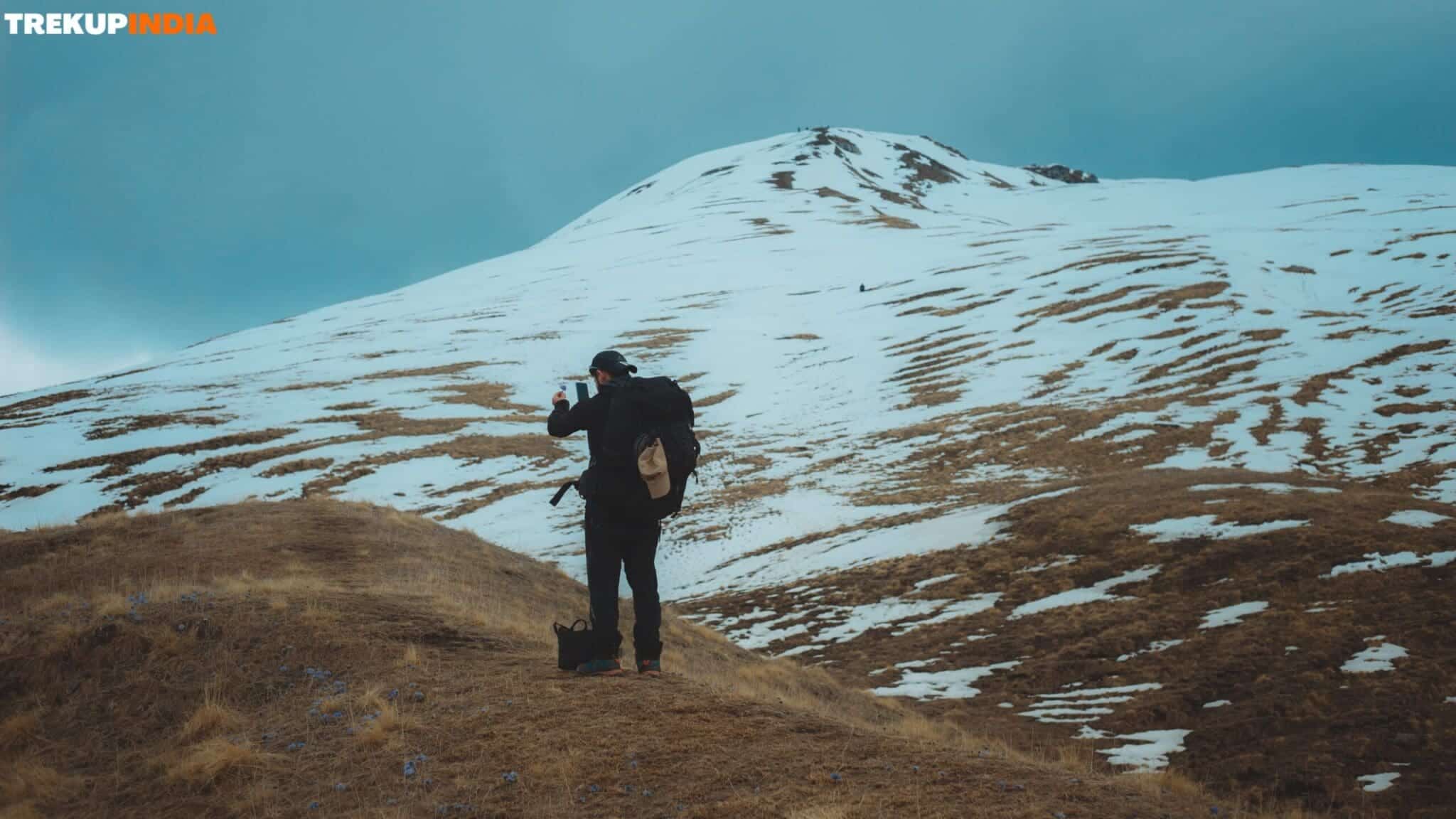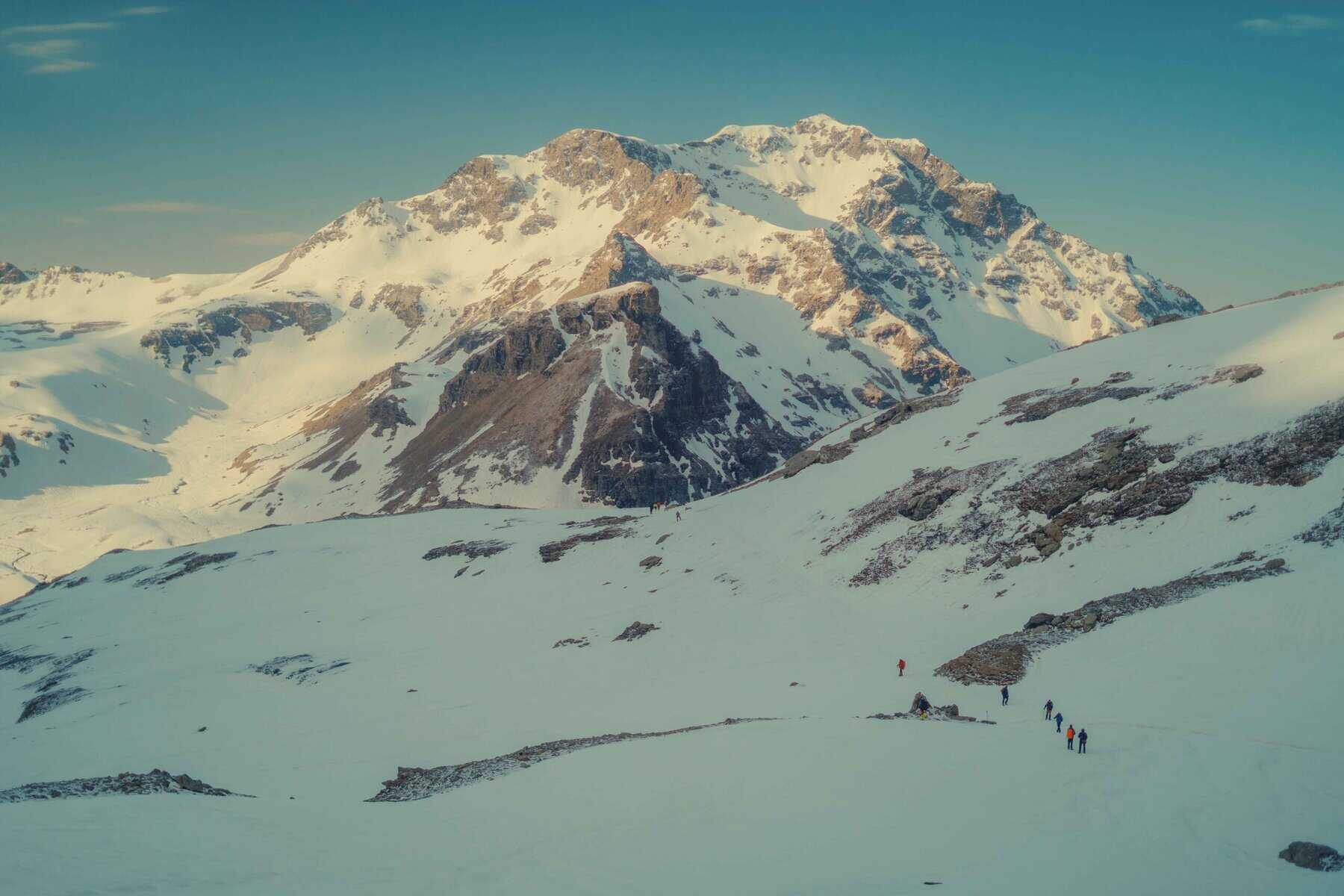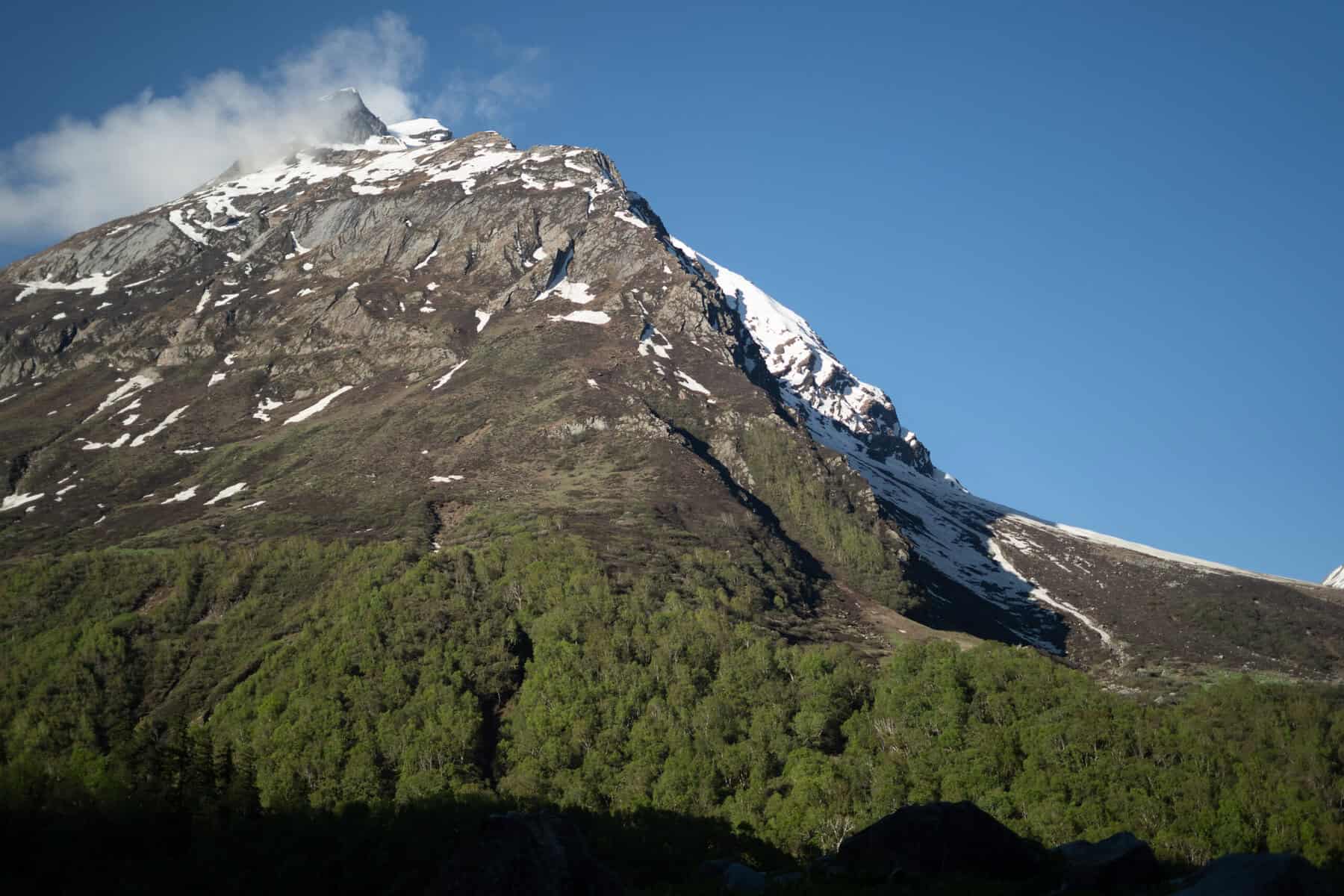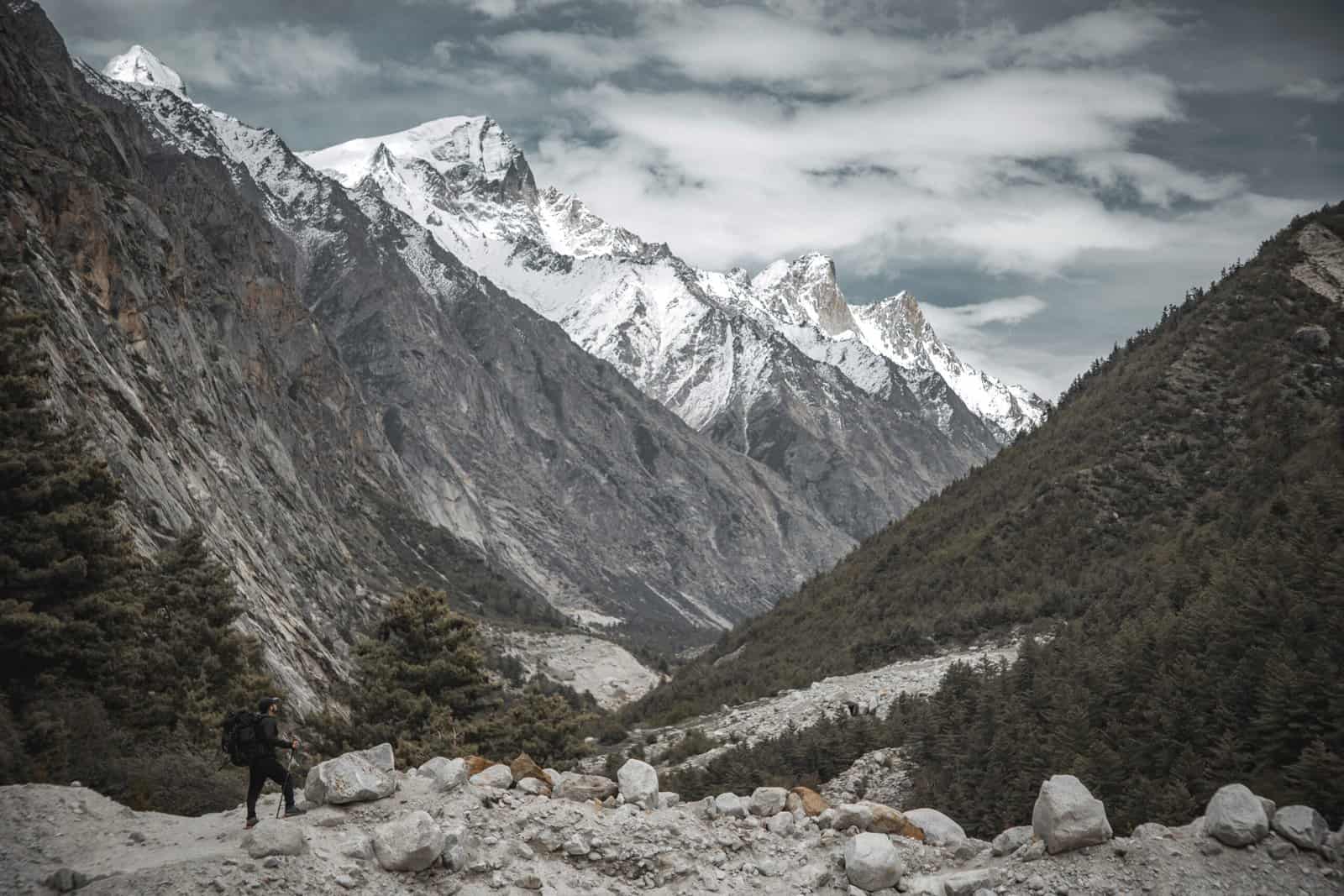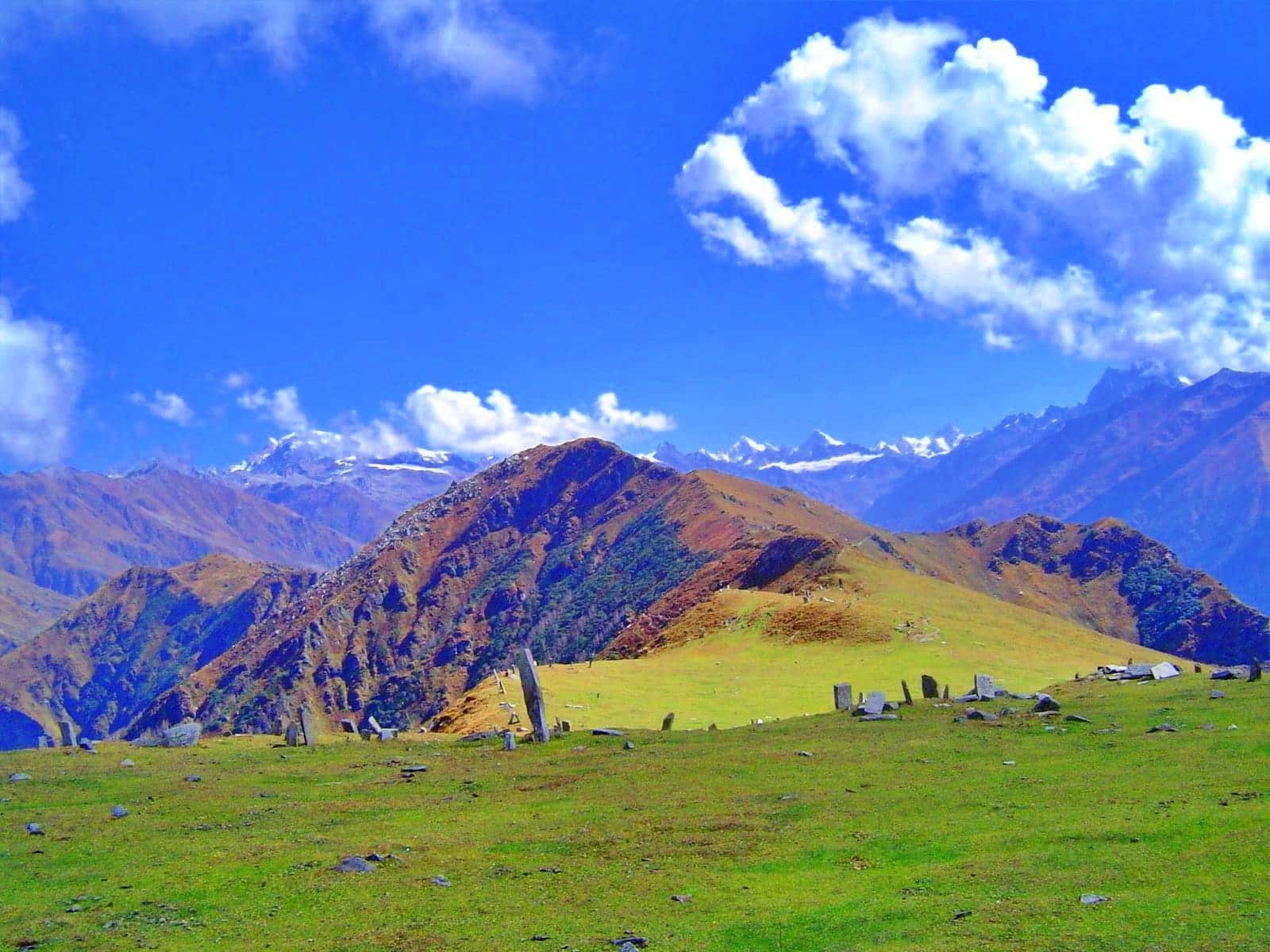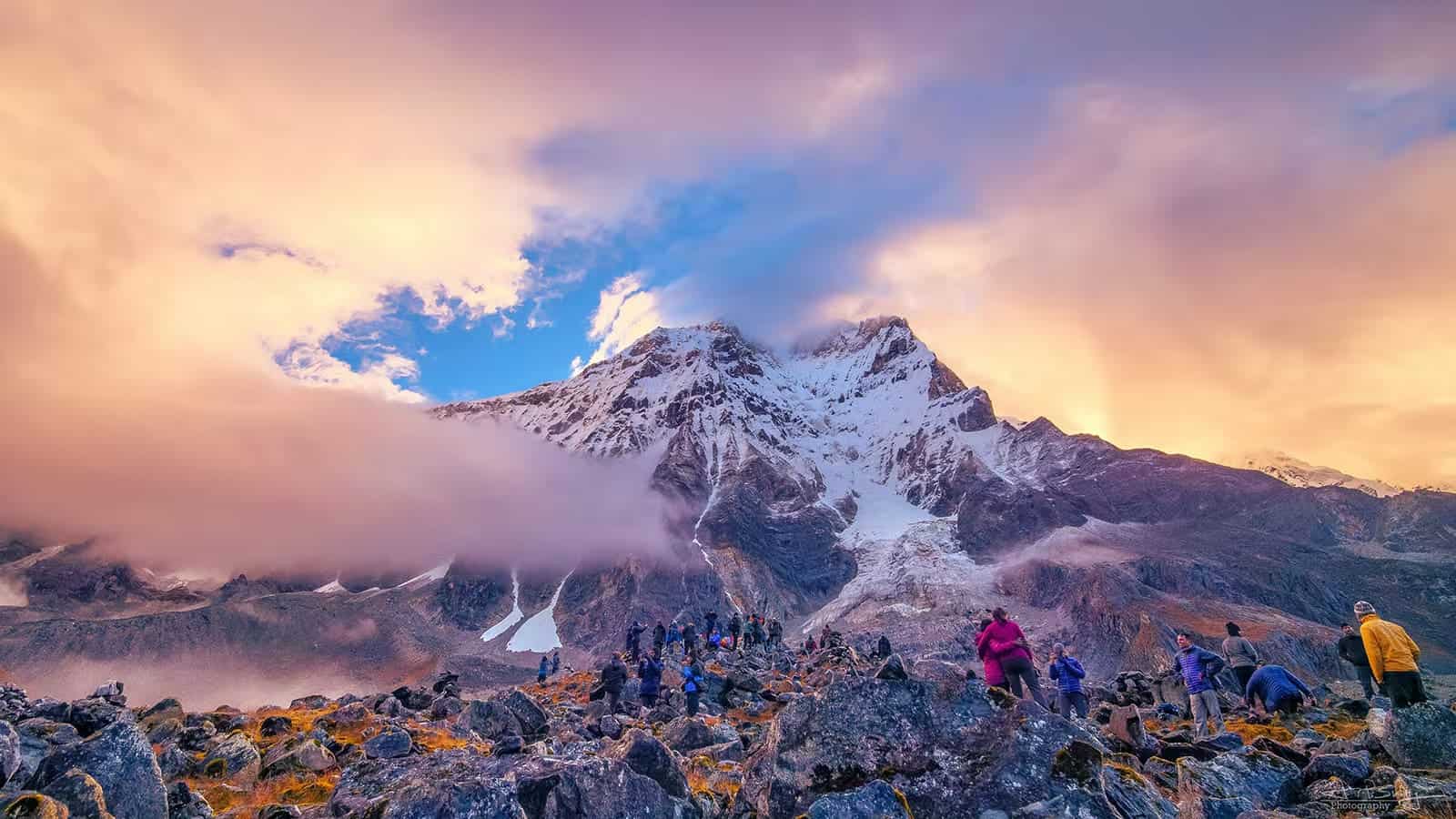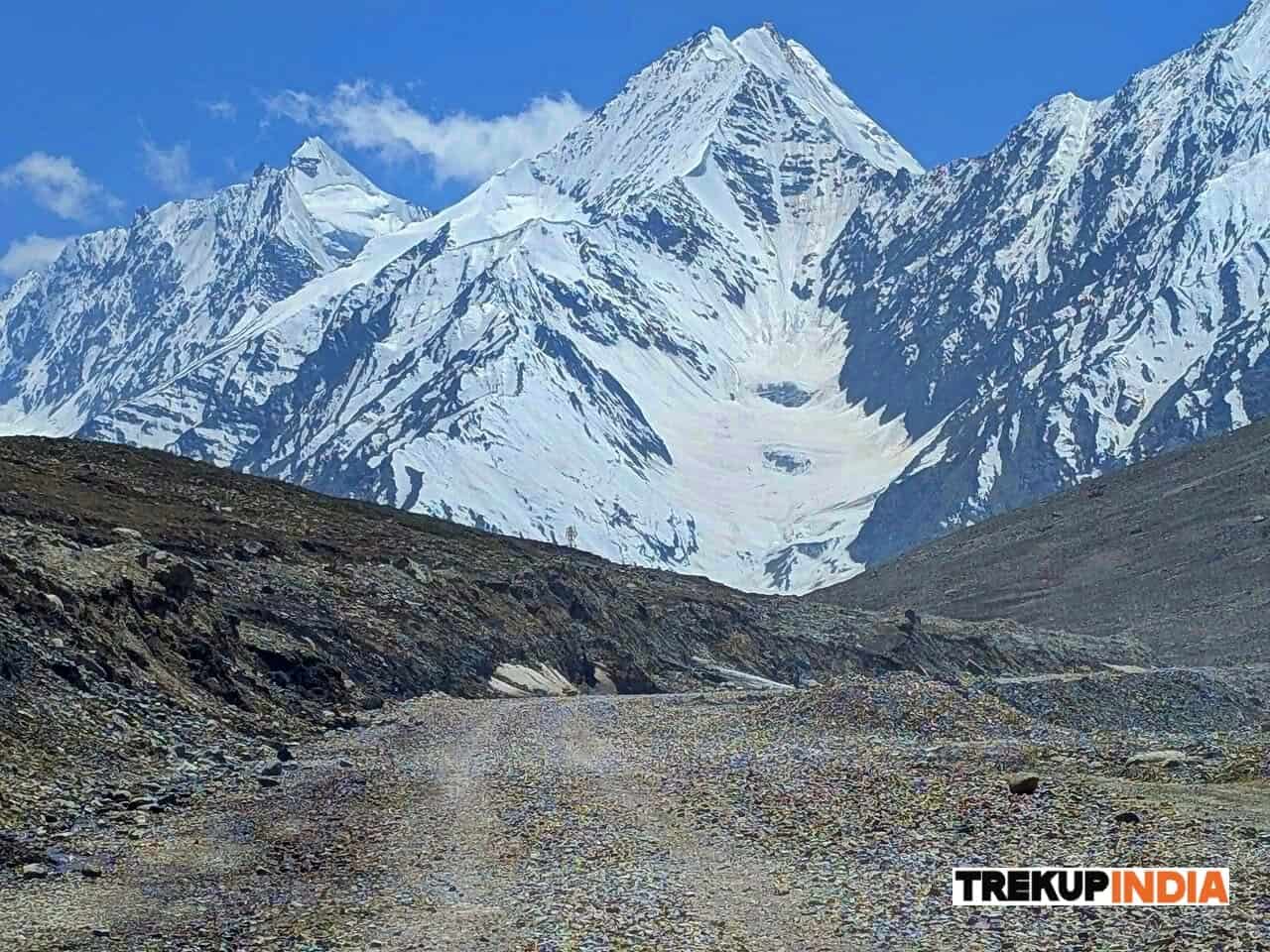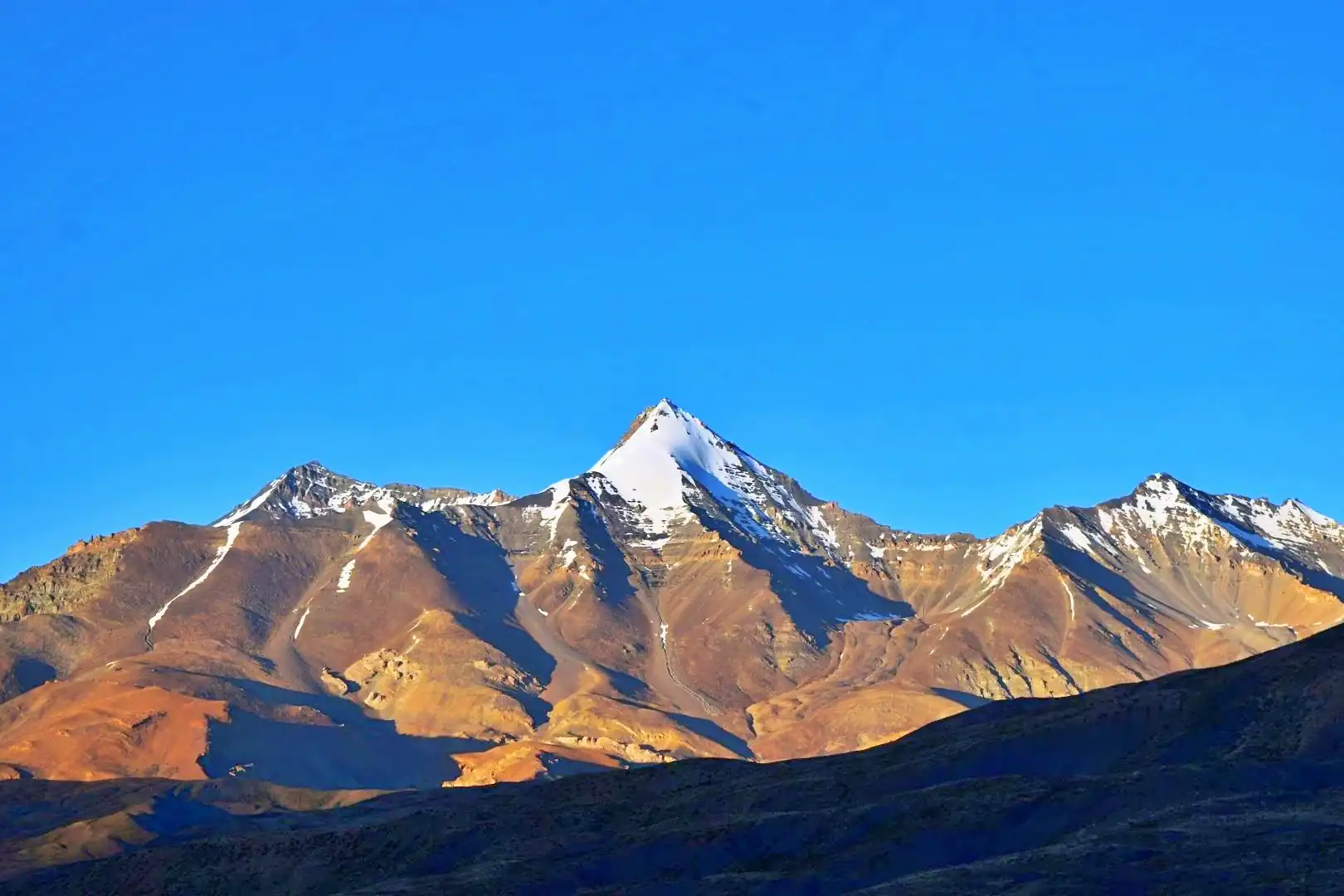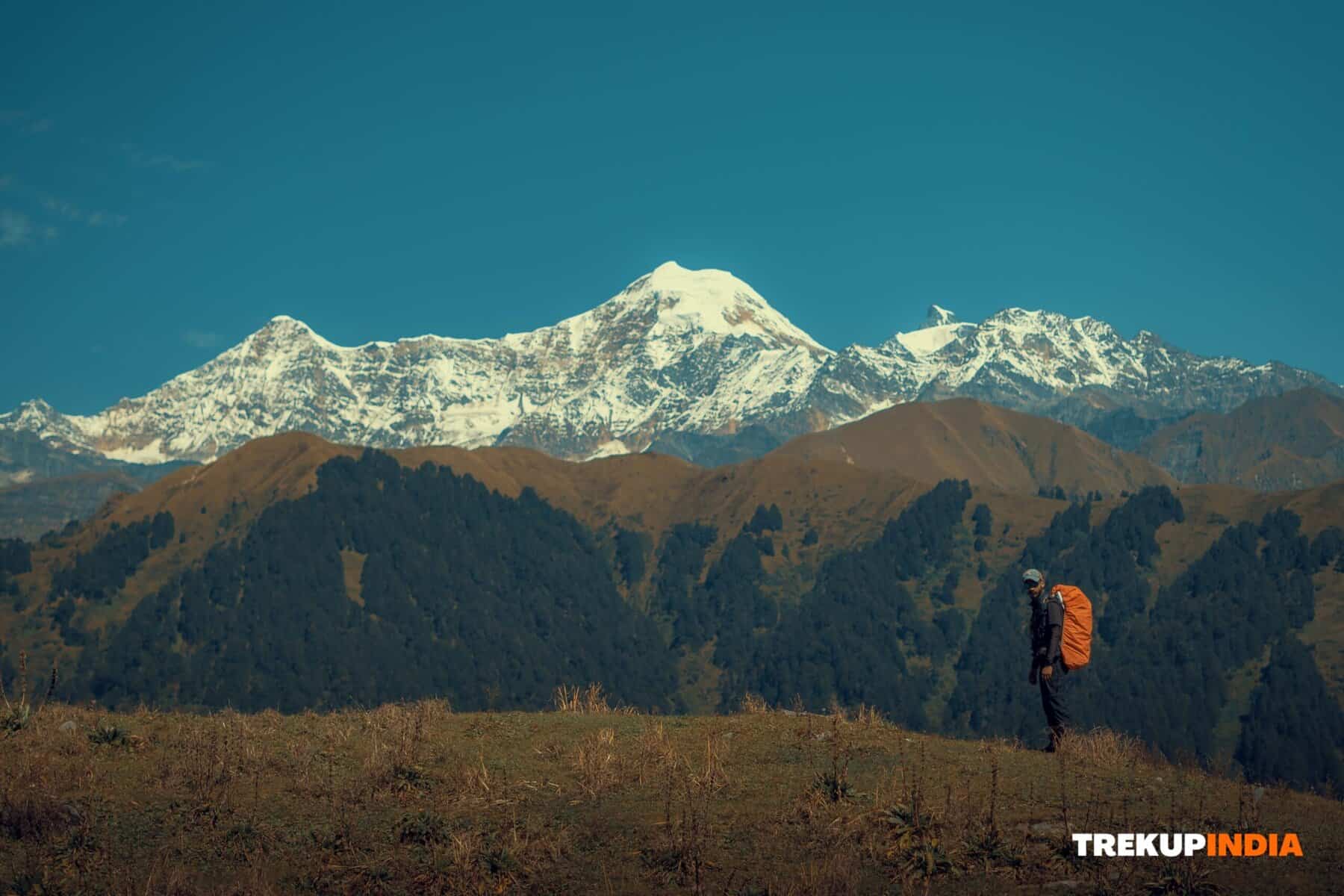Ranganathaswamy Betta Trek
Ranganathaswamy Betta Trek
Begin your journey at the Maruti temple in Koonala Doddi, and head in the direction of the temple. Once you reach the temple, turn right and begin your ascent up the hill. The path is surrounded by vegetation and trees, and after a 500-meter stretch, the incline becomes more pronounced, and the forest grows denser. Keep an eye out for signs of wildlife, such as elephants, bears, and other animals, as you continue on your journey. After approximately 30 minutes, you’ll come across a large boulder, marking the start of a steeper section of the trail. Be prepared for a few challenging stretches where you may need to use your hands to climb, but some level sections offer a brief respite.
Best Time for Ranganathaswamy Betta Trek
Ranganathaswamy Betta Trek, situated close to Bangalore in Karnataka, India, is a well-known destination for trekking. The ideal time to embark on this trek is during the cooler and drier season, which usually falls between October and March. Let me explain the reasons for this recommendation:
During this time of year, the weather conditions are more ideal for hiking and other outdoor pursuits, as the temperatures are pleasantly cooler. This allows trekkers to comfortably enjoy the scenic trails without the distressing heat of summer.
Drier Conditions: The monsoon season, which typically runs from June to September, brings considerable rainfall to the area, making the trails hazardous and challenging. By planning your trek during the drier months, you can bypass these obstacles and enjoy a safer adventure.
Improved Visibility: The dry season brings clearer skies, which enhance visibility, providing trekkers with the opportunity to admire the panoramic views of the landscape and marvel at the area’s natural beauty.
During the post-monsoon period, you can enjoy vibrant green landscapes and flourishing plant life while also having the opportunity to observe animals in their native environments.
The dry season brings improved accessibility to the trails, rendering the trekking conditions more conducive to a seamless and pleasurable adventure.
The ideal time for the Ranganathaswamy Betta Trek is from October to March. Still, it’s crucial to verify the weather forecast and local situations before embarking on your adventure to ensure a secure and satisfying experience. Also, be prepared for chilly temperatures at higher elevations, especially during the winter season.
Ranganathaswamy Betta Trek Detailed Trail Information
The hiking trail begins at a Maruti temple located in Koonala Doddi. Start walking towards the temple from the village and then turn right at the temple to start ascending the hill. The path, initially lined with bushes and trees, gradually becomes steeper, and the forest grows denser. Along the way, you may come across signs of wildlife, such as elephants, bears, and other animals. After about 30 minutes, you will reach a wide boulder, marking a point where the trail becomes even steeper. There are some challenging stretches where you may need to climb using all fours, but there are also sections where the trail levels out a bit, offering some relief. It usually takes around 2 hours of alternating climbing and levelling to reach the summit. Eventually, the trail merges with a jeep track used by vehicles approaching the temple from the Kanakapura side. The Ranganathaswamy temple can be found to the left, nestled beneath a massive granite boulder that serves as the temple’s roof. Adjacent to the temple is a small pond. From the hilltop, you can enjoy a breathtaking panoramic view of nearby hills like Savandurga and Kabbaladurga, as well as other hills in Kanakapura.
To return to the base of the hill, you can follow the same path you took to ascend. This option will take approximately 45-60 minutes. Alternatively, you can opt for the jeep track, which will lead you towards Kanakapura and villages Sunghatta and Chakanahalli. This route is longer and requires a 3-kilometre walk to reach Sunghatta. Additionally, the frequency of buses towards Kanakapura from this location is less.
Camping is no longer permitted at the hilltop for trekkers, as the forest officials have prohibited it. In the past, there used to be a chance for a moonlight trek to this location. However, it is important to be cautious of wild animals in the area. It is advisable to bring your food because the nearest snack shop is located in Dodda Maralawadi. The ideal period to explore this place is shortly after the monsoon, preferably between August and January when the surroundings are lush with greenery.
How to Reach For Ranganathaswamy Betta Trek
Alternatively, you can access the hill by way of the Bangalore-Kanakapura Road. When driving, make a left turn at Harohalli village, which leads to Dodda Maralawadi and, subsequently, Koonala Doddi village, marking the start of your trek.
Numerous buses run from Bangalore to Kanakapura. Upon reaching Harohalli, board a local bus heading to Dodda Maralawadi. From there, you can either take another local bus or hire an auto to reach Koonala Doddi.
Dates For Upcoming Treks
Want To Trek Like Pro?
Basically, watch these videos if you want to trek the same way professional trekkers do and make your skills better. These videos contain useful tips and techniques to further improve your trekking skills itself. These videos actually help both new and experienced trekkers improve their trekking skills. These videos definitely provide useful tips that make your trek better. We are seeing that these videos by Trekup India experts will only help you make your trekking skills better.







Know Everything About Acute Mountain Sickness
Acute Mountain Sickness occurs when people trek to high altitudes above 8,000 feet. This condition itself develops further due to reduced oxygen levels at such heights. Basically, as you go higher up, the air pressure and oxygen levels decrease, which causes the same problem. Acute Mountain Sickness surely causes headache, nausea, vomiting, and dizziness in affected persons. Moreover, peoples also experience difficulty in sleeping during this condition. To avoid mountain sickness, you should actually trek up slowly to higher altitudes. To learn further about this condition itself, watch the videos by Trekup India.

